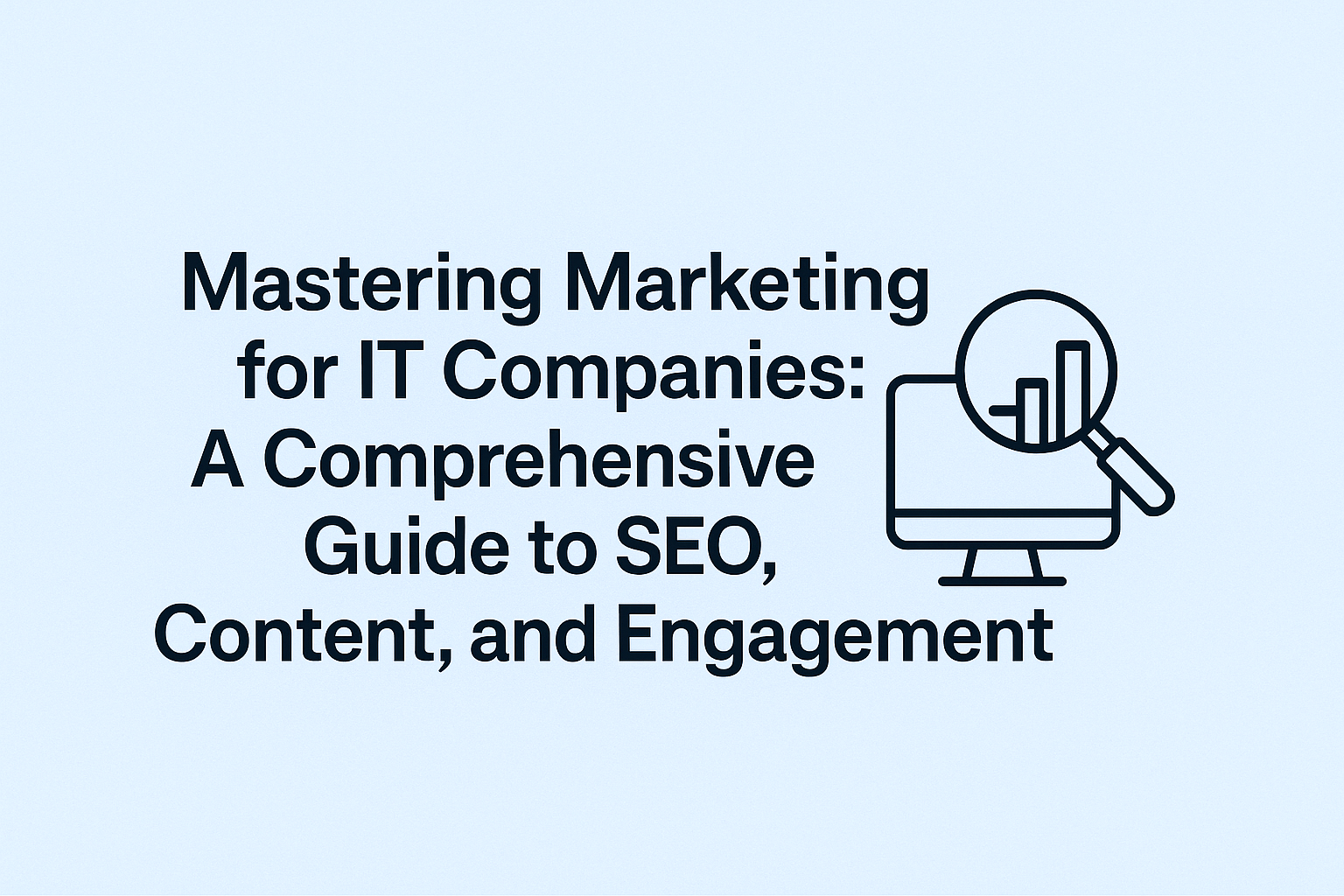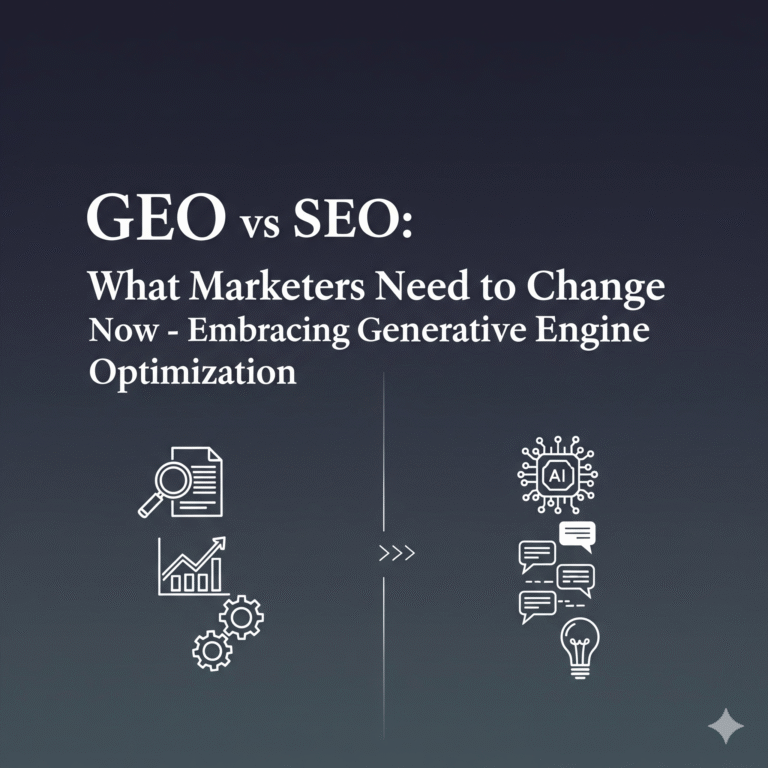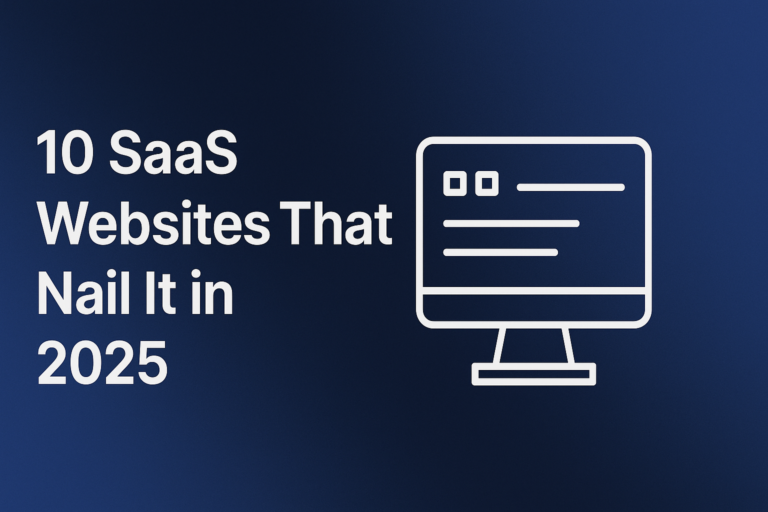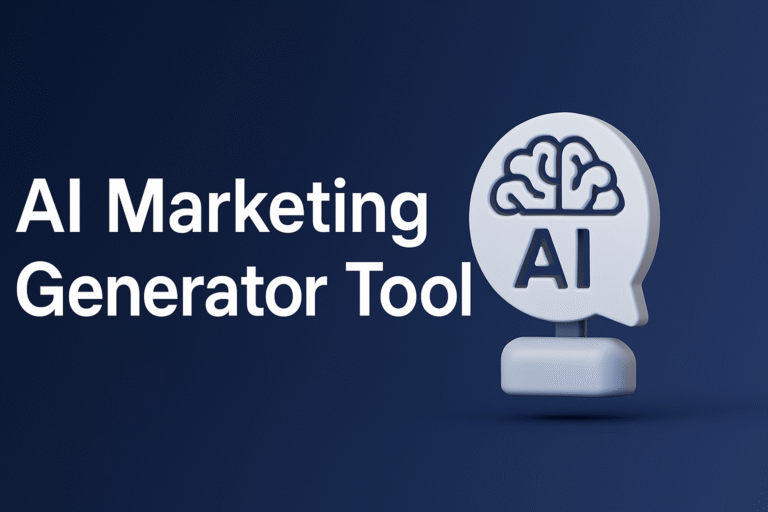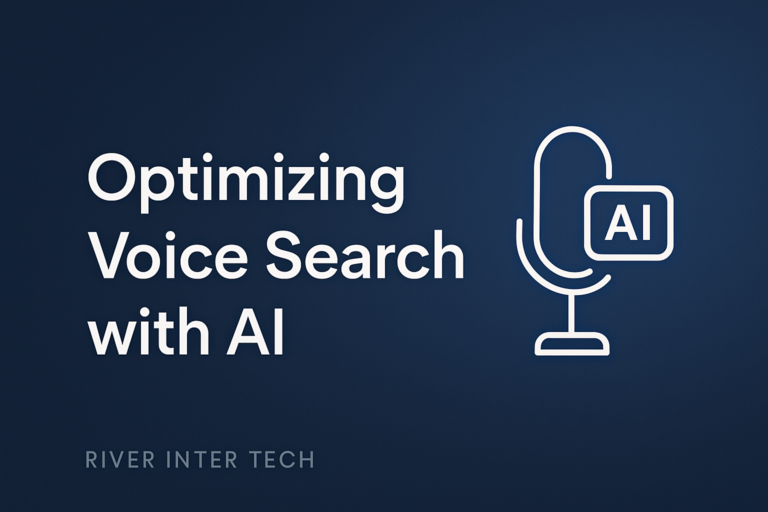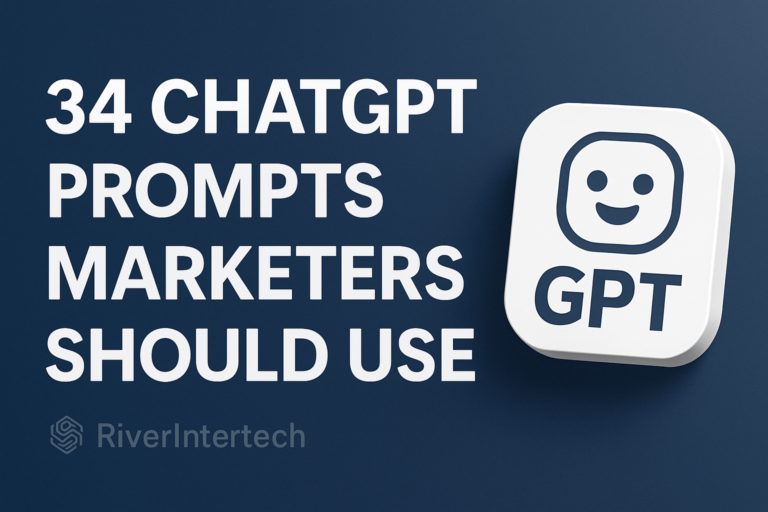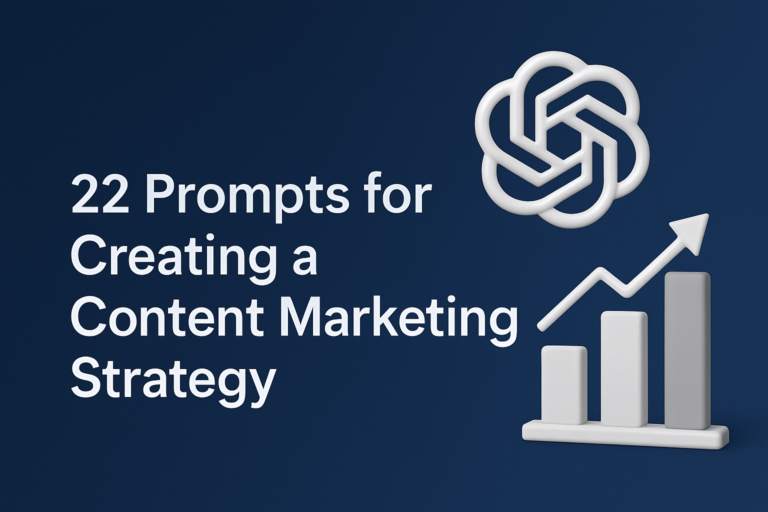Marketing for IT Companies: SEO, Content & Engagement Guide
Did you know most IT companies struggle to stand out, even with amazing products? The market is crowded, and buyers want clear answers before they reach out. If you want real results, you need marketing that’s focused, measured, and built for how people actually buy IT today.
Let’s break down what works—no fluff, no jargon, just proven marketing strategy moves to get your products and services in front of decision-makers. By the end, you’ll know the exact steps that drive leads and keep you ahead of the competition.
Why IT Companies Need a Comprehensive Marketing Strategy
Every day, IT companies fight for attention in a market worth $1.9 trillion. But it’s not about being bigger or louder. IT buyers do deep research before connecting. Most read 3–5 pieces of content, compare vendors, and check for proof that you know your stuff.
A solid marketing strategy keeps efforts focused. For example, switch from ad-hoc content to a year-long plan. One IT firm doubled leads by mapping content to each buyer stage.
Thought leadership content like guides and webinars helps you show expertise and makes complex products clear. That builds trust. When you prove you understand both business needs and the tech, you win more leads and can lower customer acquisition costs. Multi-layered strategies covering many channels outperform one-off actions every time.
Search Engine Optimization (SEO) for IT Companies
SEO should be the engine behind your digital marketing efforts. Over half of all B2B buyers start research on Google. They don’t search “IT company.” They use phrases like “cloud backup for Canadian enterprises” or “cybersecurity solution for remote teams.” Those long-tail keywords convert better than broad ones.
Start by finding the specific keywords your buyers use. Build pages around them. Make your website load fast, work well on phones, and use schema to help Google understand your site.
- FAQ pages answer common IT questions and help you rank for featured snippets.
- Don’t skip local SEO—claim and update your Google Business Profile for local searches.
- Build backlinks from respected tech blogs by using guest posts.
For extra power, get your engineers and tech leads to share tips in your blog. Google rewards real expertise, and your audience notices the difference.
Content Marketing: Educating and Engaging Your Audience
Content marketing for IT companies is about trust and teaching—not hard selling. Most decision-makers want clear answers, proof you’ve solved real problems, and shareable resources. That’s why whitepapers, case studies, and data sheets are so popular.
Don’t just write for SEO. Help people get value fast. Gated content like eBooks and webinars grabs more high-quality leads than blogs alone.
- Use real client stories and share hard numbers, like “reduced downtime by 31%.”
- Update resources often to keep them current.
- Repurpose top content into LinkedIn posts, webinars, and email series to reach more people without extra work.
Social Media Engagement and Brand Awareness
Social media is more than brand visibility. It’s where future clients do business research—especially on LinkedIn. C-level IT buyers read thought leadership, review vendor pages, and check what real employees say about their work.
- Don’t post only from your company page. Leaders’ and experts’ profiles often get more engagement.
- Share behind-the-scenes stories and launch discussions.
- Use LinkedIn polls to get people talking about IT topics.
Employee advocacy—where staff share company news—can widen your reach by over 50%. Real conversations, not sales pitches, drive interest.
Pay-Per-Click (PPC) Advertising Best Practices
PPC is a shortcut to the top of search results and LinkedIn feeds. Tech PPC can be pricey, but when you need fast results, nothing beats it.
- Focus on high-intent keywords.
- Target by job title, industry, or company size.
- Use negative keywords to avoid wasting budget.
Retargeting shows ads to people who visited your site but didn’t convert. Retargeted ads can more than double your chances of getting a second look.
- Test different landing pages.
- Highlight certifications like “Microsoft Partner” in ad extensions.
- Watch your cost per lead and return on ad spend. Use PPC insights to improve content marketing and SEO.
Email Marketing Campaigns for IT Audiences
Email remains one of the best ways to reach IT buyers. The average open rate in tech is 20.6%, and click rates are about 3.5%. It’s a channel you control, not an algorithm.
Good email marketing means being personal. Segment lists by job role—CTOs want different info than sysadmins. Drip campaigns that send a series of helpful emails can boost demo bookings up to 48% over one-off blasts.
- Include exclusive reports or research.
- Keep emails simple and useful.
- Use automation tools to send the right message at the right time.
Email helps guide leads, nudge them about webinars or products, and follow up after events.
Video Marketing: Demos, Tutorials & Case Studies
Video helps where words fall short. It’s great for showing how a product works, sharing client wins, or giving quick tutorials. About 70% of buyers watch videos before deciding, and product demos can raise conversion rates by 34%.
- Keep videos short and clear.
- Demos should solve common problems and show how your solution works.
- Tutorials are great for LinkedIn or your website.
Case study videos—where your customers talk—build real trust. Add captions for accessibility and SEO. Videos often get more engagement and can boost your rankings.
Retargeting Campaigns to Recapture Prospects
Most people won’t convert on the first visit. Retargeting keeps your brand in front of them as they browse. This nudge can boost conversions by up to 150%.
- Target users based on site actions. Tailor your message to their journey.
- Offer discounts, upgrades, or helpful resources to bring them back.
- Limit ad frequency—7 to 10 times per month is enough.
Personalize your creative for where the buyer is in their decision process.
Hosting Webinars and Virtual Events
Webinars and online events help you show expertise, answer questions, and gather leads. Over 60% of IT buyers attend webinars each quarter; average attendance is about 46%.
- Pick topics buyers care about, like cybersecurity or cloud migration.
- Use polls and Q&A to boost engagement.
- Follow up with attendees and share recordings.
Webinars build authority and fill your lead pipeline. Use landing pages and emails to drive sign-ups. Nurture those leads after the event.
Key Performance Indicators (KPIs) to Measure Success
You can’t improve what you don’t measure. Key KPIs for IT companies include leads, cost per lead, conversion rates, and customer lifetime value. These metrics show what’s working and what needs a fix.
- For SEO: track keyword rankings, backlink growth, and organic traffic share.
- For PPC: watch return on ad spend and cost per acquisition.
- SaaS firms should track trial-to-paid conversion rates.
Set up dashboards for all KPIs. Use UTM links to track lead sources. Measure content engagement, like downloads and shares, to see which topics work best.
FAQ: IT Marketing Essentials
- What marketing channels work best for IT companies?
SEO, LinkedIn, content marketing, webinars, PPC, and email drive the best IT leads. - How can IT firms measure marketing ROI?
Track KPIs like MQL/SQL rates, pipeline value, conversion rates, and CAC using dashboards. - How should IT companies use video in marketing?
Focus on product demos, tutorials, and customer case studies. These help explain your offer and build trust. - What are the latest trends in IT marketing?
Personalization, interactive webinars, employee advocacy, and using AI tools for analytics and content are rising. - How often should IT companies post on LinkedIn?
Post 3–5 times per week. Mix thought leadership, case studies, and interactive content for best engagement. - Are retargeting ads effective for IT buyers?
Yes. Retargeting can increase conversions by two or three times by staying in front of interested leads. - What’s the average IT marketing email open rate?
About 20.6% according to 2023 industry data.

